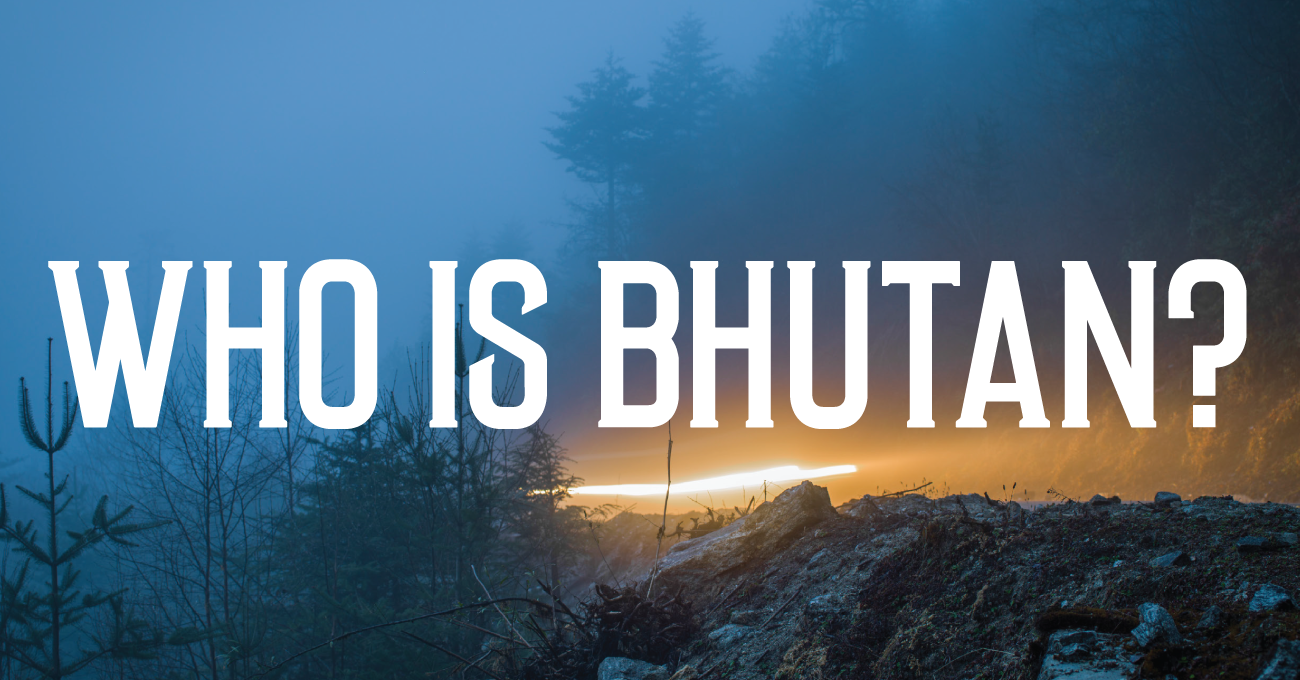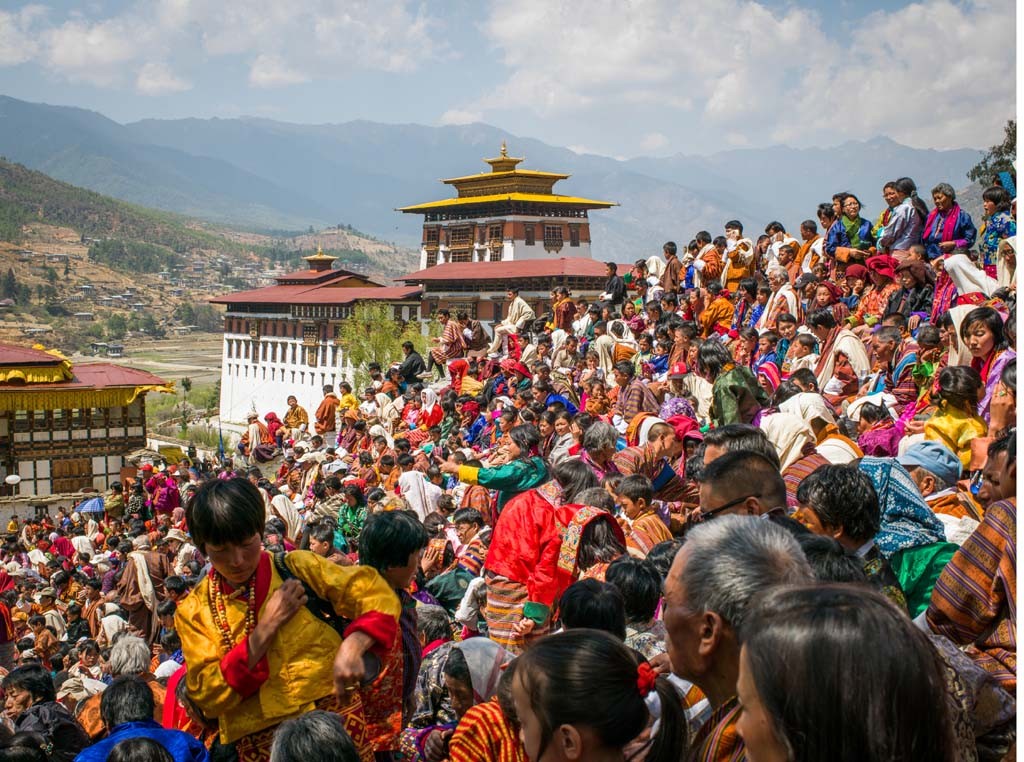Who is Bhutan?
Photographer Mark Paulda visited a country that rejects Western values and where few ever visit. And when he returns to Bhutan in June, he’s bringing eight more cameras with him. Paulda was intent on showcasing the beauty, heritage and lush landscapes of this pristine country nestled between China and India in the rugged terrain of the eastern Himalayas—a country whose average annual household income is a mere $1,800 but measures its prosperity through a Gross National Happiness Index. It wasn’t until he made an unlikely friend that Paulda realized he needed to expand his photo project beyond his own viewfinder. After all, who better to reveal the mysterious world of Bhutan, than the Bhutanese themselves?
There is such an innocence to the people we don’t see in the western world. We’ve lost it—a genuine kindness that we have to look for because we put up boundaries and guards. To find this untainted world and experience that with the people, it really moved me,” said Paulda.
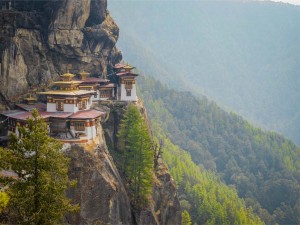 The government of Bhutan didn’t allow television or internet access until 1999, it is a region completely void of commercialization, banning franchises and international advertising. It is one of unique simplicity allowing for its citizens to sustain a traditional lifestyle. Bhutan limits tourism to preserve the culture and maintain its purity, which is a reason why Paulda journeyed there last year. He wanted to observe the intimacy one could have with its people, their traditions and way of life. After spending a month traversing the north, south, east and west of Bhutan with a designated guide, Paulda realized the need to document the this unspoiled, isolated and mysterious land.
The government of Bhutan didn’t allow television or internet access until 1999, it is a region completely void of commercialization, banning franchises and international advertising. It is one of unique simplicity allowing for its citizens to sustain a traditional lifestyle. Bhutan limits tourism to preserve the culture and maintain its purity, which is a reason why Paulda journeyed there last year. He wanted to observe the intimacy one could have with its people, their traditions and way of life. After spending a month traversing the north, south, east and west of Bhutan with a designated guide, Paulda realized the need to document the this unspoiled, isolated and mysterious land.
Kuenga Yonten, Paulda’s tour guide, showed him the entire country and developed a relationship with Paulda that is unknown to most tourists. “I had the opportunity to get close with Kuenga and his family and that was something atypical. It wasn’t a world a visitor could see as I would eat meals with them, watch them interact in their daily routines—sometimes we just spent time skipping rocks across water.”
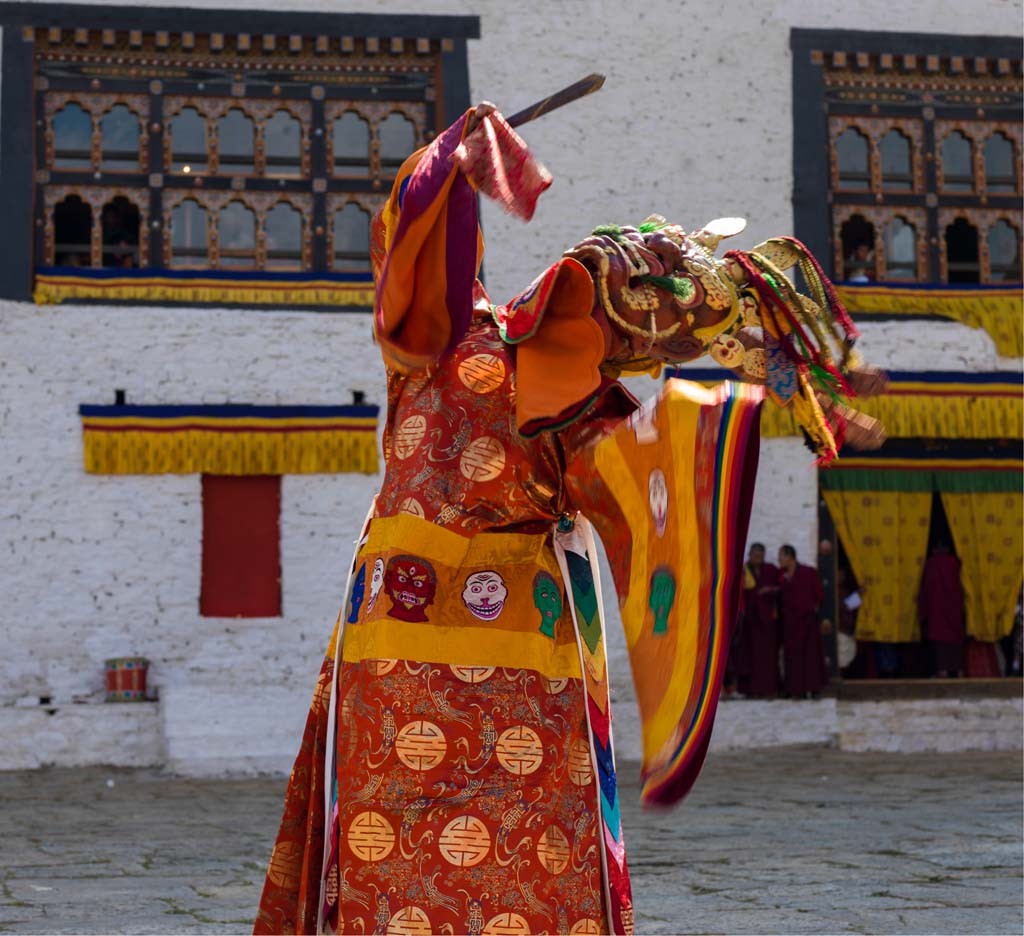 It was through the development of this relationship that Paulda realized the Bhutanese limited access to technology. “I remember when I first arrived in Bhutan and as a photographer—I wanted to document everything so I brought my GoPro video camera and my personal camera hoping to capture as many images as possible. I soon realized that I couldn’t use both devices at the same time. I handed my GoPro to Kuenga to use and realized it was the first time in 33 years that he had ever held a device like that in his hands,” said Paulda.
It was through the development of this relationship that Paulda realized the Bhutanese limited access to technology. “I remember when I first arrived in Bhutan and as a photographer—I wanted to document everything so I brought my GoPro video camera and my personal camera hoping to capture as many images as possible. I soon realized that I couldn’t use both devices at the same time. I handed my GoPro to Kuenga to use and realized it was the first time in 33 years that he had ever held a device like that in his hands,” said Paulda.
Paulda said he provided a quick tutorial on the GoPro, Kuenga took the video camera home and practiced learning the device on his family. It was through these intimate images that Paulda realized he wanted to create a project where the Bhutanese could show Bhutan through their eyes and not from those of a Westerner. Who better to express the colorful cultural world of the Bhutanese? Paulda set out working on a project with Kuenga that would enlist eight Bhutanese individuals (carefully chosen by the Bhutanese government) and over a six to eight week timeframe provide them a Canon camera at no cost, introduce them to the basics of photography and allow them to document their country through their own eyes. For this project, Paulda needed the government of Bhutan’s approval and soon realized how valuable his relationship with Kuenga would be.
Kuenga was very instrumental. I did the proposal bit by bit. He redrafted the words to be more appealing to Bhutan. We edited it and he personally took it to the government to the Minister of Culture and The Tourism Council of Bhutan. It turned out to be an eight- month process of Kuenga pestering them and they came back and approved the project,” said Paulda.
We Are Bhutan was the first project of its type to be approved by the government in five years. One of the goals of the Bhutanese government is to preserve the country’s cultural values and lessen the impact of tourism, which is also affirmed by Kuenga. “I am delighted and happy to be born into the Himalaya. Being a Himalayan and Buddhist citizen, I enjoy the old, old cultural values and traditions preserved. The pristine environment and landscape is one of the Bhutanese charms and wealth for the country,” said Kuenga in an email.
Cultural aspects to be considered for documentation are the architecture (whose influences can be seen right here in El Paso buildings throughout the UTEP campus) and customs, one of which is to follow a dress code. During the daytime and in public the Bhutanese follow a national dress code known as Driglam Namzha. Men can be seen wearing a knee-length robe tied with a belt, while the women wear colorful blouses over which they fold and clasp a large rectangular cloth called a kira to make an ankle-length dress. A toego, which is a short silk jacket, may be can be worn over the kira. The chosen textiles are indicative of the weather—either cotton in the warmer months and wool in the cooler periods. For special occasions or events they are encouraged to wear colorful patterned silks.
Paulda, a graduate of Eastwood High School, with degrees from UTEP and the University of London, has enlisted the help of friends and professionals, along with Impact – Programs for Excellence, a local non-profit, to cover the $70,000 cost of the project. “I have family and friends coming together to make this possible. I can’t do it alone,” said Paulda.
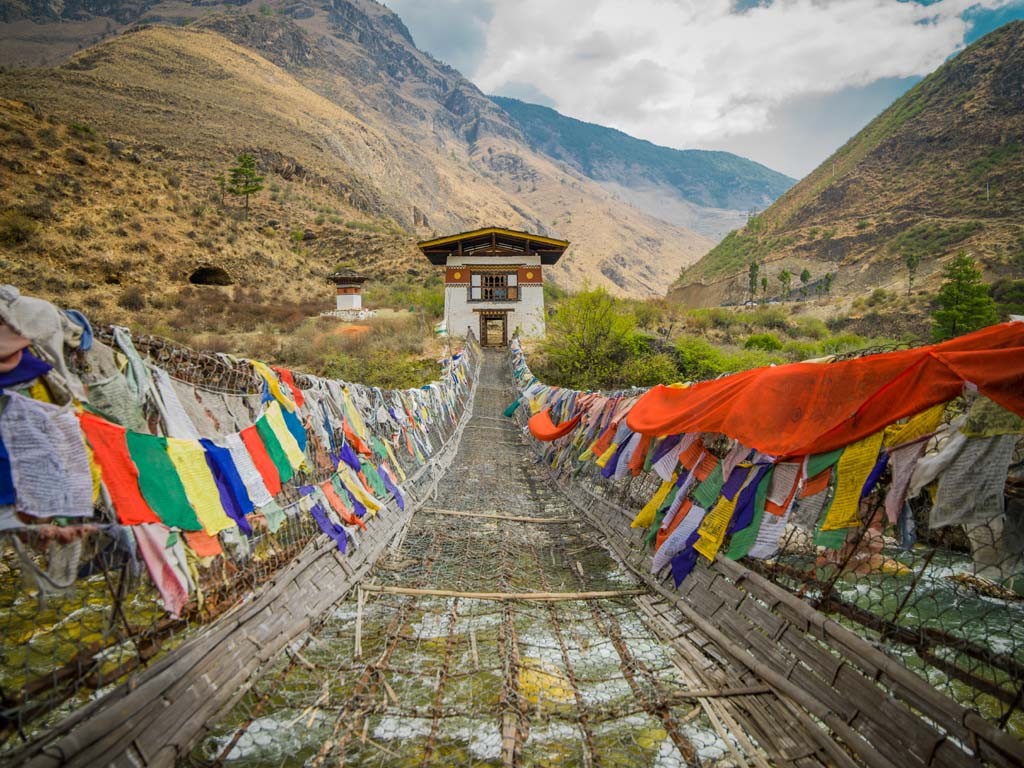 Paulda, needing another perspective on teaching the students, went back to London to enlist the assistance of a man who he describes as “a low key, good, genuine soul” and previous mentor, famed photographer Rupert Truman. Truman is currently one of the owners of Storm Studios and says commercial photography has always been important to him, but his collaboration with Paulda on We Are Bhutan is one that he is looking forward to witnessing and assist in its development. “My time has largely been taken up with business related stuff over the past couple of years—book deals, print sales, exhibitions and the like, with a bit of photography thrown in now an then—such is the lot of a business owner! So, the opportunity that Mark has presented me with is very welcome as a break from the usual commercial world I’ve been immersed in recently. I have to say that it’s very nice to see Mark’s career blossom over the years. I couldn’t envisage any of this from the few weeks I spent teaching him all those years ago—and it’s a joy to see,” said Truman. “Of course, it’s got little to do with me, and everything to do with his quiet determination.”
Paulda, needing another perspective on teaching the students, went back to London to enlist the assistance of a man who he describes as “a low key, good, genuine soul” and previous mentor, famed photographer Rupert Truman. Truman is currently one of the owners of Storm Studios and says commercial photography has always been important to him, but his collaboration with Paulda on We Are Bhutan is one that he is looking forward to witnessing and assist in its development. “My time has largely been taken up with business related stuff over the past couple of years—book deals, print sales, exhibitions and the like, with a bit of photography thrown in now an then—such is the lot of a business owner! So, the opportunity that Mark has presented me with is very welcome as a break from the usual commercial world I’ve been immersed in recently. I have to say that it’s very nice to see Mark’s career blossom over the years. I couldn’t envisage any of this from the few weeks I spent teaching him all those years ago—and it’s a joy to see,” said Truman. “Of course, it’s got little to do with me, and everything to do with his quiet determination.”

